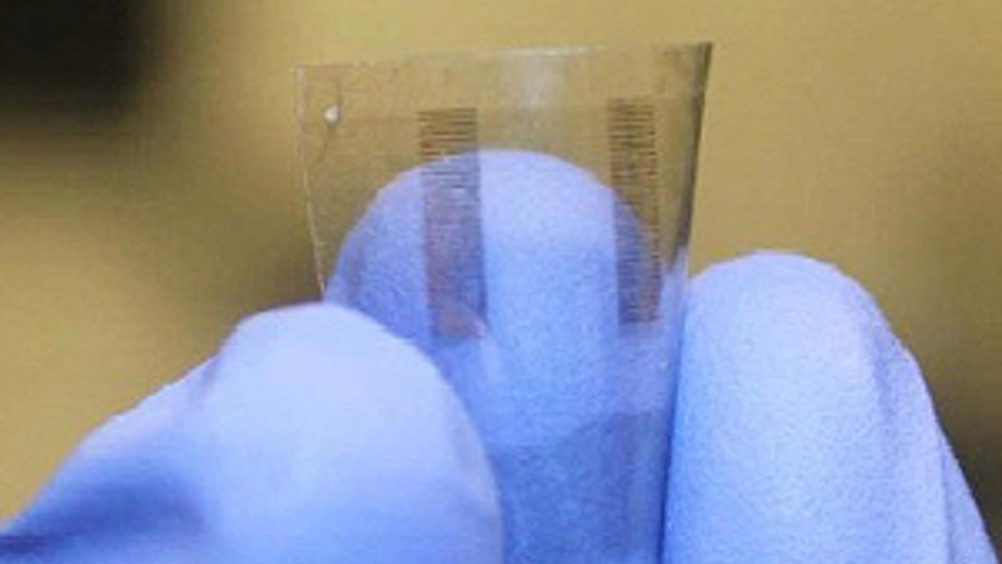Researchers print transparent transistors onto paper
1 min read
In what has been described as an important step towards green, flexible electronics, researchers in the US have reported fabricating transistors onto transparent nanopaper.

Instead of the micrometre sized cellulose fibres found in normal paper, sheets of nanopaper contain nanoscale fibres that produce an even surface and allow light to pass through.
The University of Maryland researchers began by creating their own type of nanopaper that was just 10nm thick.
They then built transistors onto it by depositing three different inks on its surface: a layer carbon nanotubes, an insulating organic molecule and a semiconducting organic molecule.
To complete the device, the researchers topped it with electrodes, also made by laying down carbon nanotubes.
Besides serving as electrodes for the transistors, the nanotubes were said to provide a structural backbone, preventing excessive wrinkling in the paper after the solvents used in the fabrication process evaporated.
The resulting transistors, according to materials scientist Liangbing Hu, are about 84% transparent, and their performance decreases only slightly when bent.
The next challenge for the researchers is to devise a way to print the nanopaper on a commercial, mass production scale.












